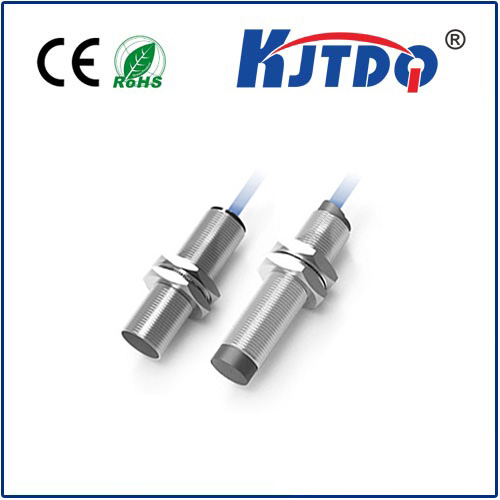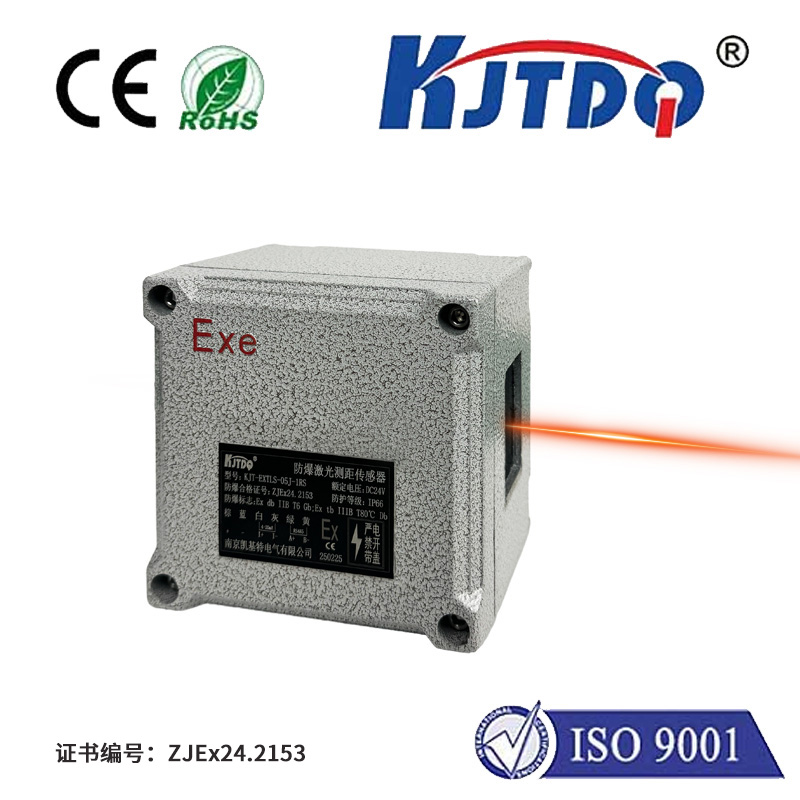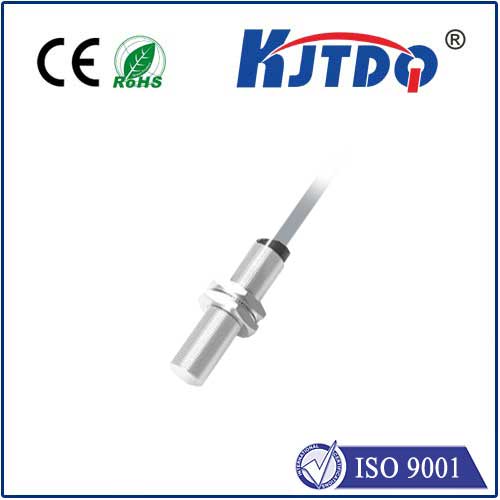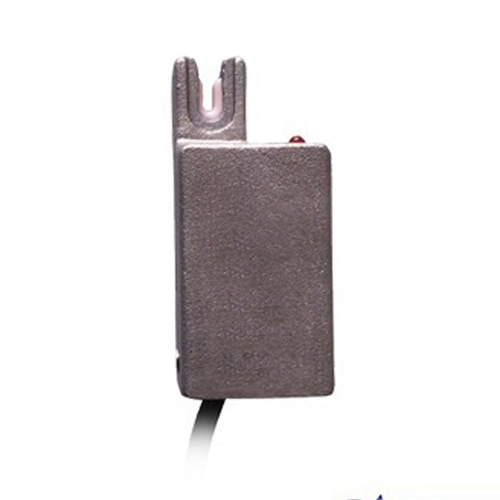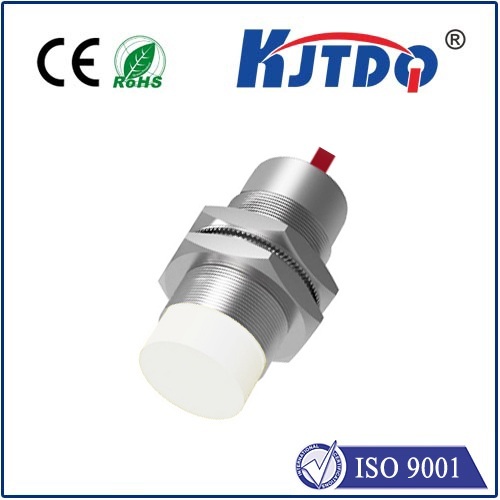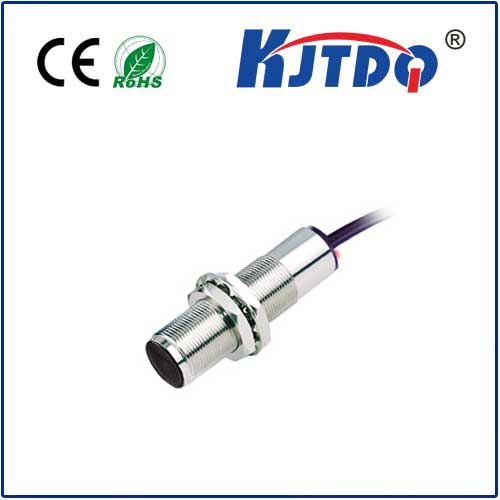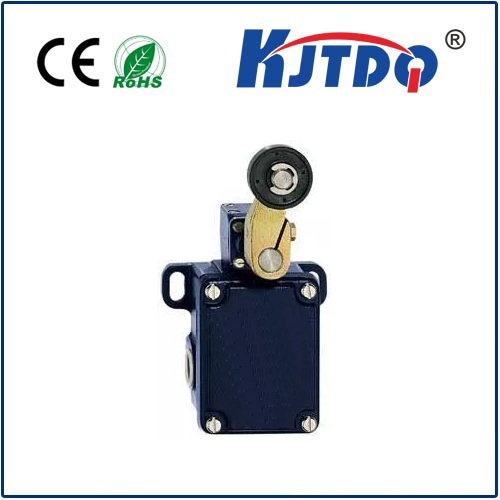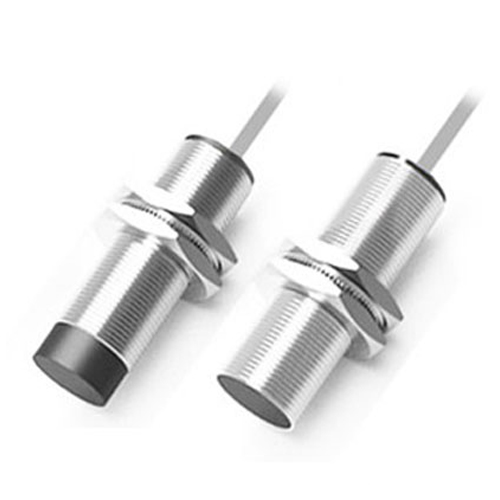

check

check

check

check
E3X-NB: The Future of Smart Cities and Sustainable Development
The rapid advancement of technology and the growing demand for sustainable urban living have led to a new paradigm in city planning and infrastructure development. At the heart of this transformation is the E3X-NB (Enhanced Smart City Framework for Next-Generation Buildings), a cutting-edge initiative designed to integrate advanced technologies into urban environments. This framework not only enhances the efficiency and sustainability of buildings but also plays a crucial role in shaping the future of smart cities.
At the core of the E3X-NB is the integration of the Internet of Things (IoT) into urban infrastructure. Through sensors, data analytics, and real-time monitoring, buildings can adapt dynamically to environmental and user needs. For instance, smart lighting systems can adjust brightness based on occupancy and time of day, significantly reducing energy consumption. Similarly, smart HVAC (Heating, Ventilation, and Air Conditioning) systems optimize temperature and airflow, ensuring both comfort and energy efficiency. These innovations are not only beneficial for individual buildings but also contribute to broader sustainability goals in urban areas.

Moreover, the E3X-NB emphasizes the importance of data-driven decision-making. By leveraging AI and machine learning, cities can analyze vast amounts of data to identify patterns, predict maintenance needs, and improve overall urban operations. This data is often sourced from IoT devices embedded in buildings, traffic systems, and public utilities. The ability to process and act on this data in real time enables cities to respond swiftly to challenges such as traffic congestion, energy shortages, and environmental degradation.
Another key aspect of the E3X-NB is its focus on resilience and adaptability. As climate change and urbanization continue to pose significant challenges, cities must be able to withstand and recover from disruptions. The framework incorporates disaster management protocols and adaptive infrastructure designs, ensuring that buildings and public spaces remain functional even in the face of extreme weather or power outages. Smart grids, for instance, allow for decentralized energy management, reducing reliance on traditional power sources and enhancing grid stability.
In addition to technological integration, the E3X-NB promotes collaboration between stakeholders across the urban ecosystem. Developers, city planners, architects, and policymakers must work together to ensure that the implementation of smart technologies aligns with long-term sustainability goals. This cross-sectoral approach fosters innovation and ensures that the benefits of the E3X-NB are shared equitably among all residents.
The E3X-NB is not just a technological advancement—it is a strategic shift toward a more intelligent and sustainable future. As cities continue to evolve, the integration of smart technologies will play a pivotal role in shaping the way we live, work, and interact with our environment. By embracing the E3X-NB, cities can take a more proactive approach to urban development, ensuring that progress is both efficient and environmentally responsible.
Key Features of E3X-NB
In conclusion, the E3X-NB represents a transformative approach to urban development, combining cutting-edge technology with a commitment to sustainability. As cities look to the future, the E3X-NB stands as a beacon of innovation, offering a blueprint for a smarter, more resilient, and more sustainable world.
